Monson Hayes9780070273894, 0070273898
Table of contents :
Schaum’s Outlines of Digital Signal Processing……Page 1
Copyright……Page 3
Preface……Page 6
Contents……Page 8
1.2 Discrete-Time Signals……Page 11
1.2.2 Some Fundamental Sequences……Page 12
1.2.4 Periodic & Aperiodic Sequences……Page 13
1.2.6 Signal Manipulations……Page 14
Transformations of Independent Variable……Page 15
1.2.7 Signal Decomposition……Page 16
Memoryless System……Page 17
Linear Systems……Page 18
Shift-Invariance……Page 19
Stability……Page 20
Associative Property……Page 21
Direct Evaluation……Page 22
Graphical Approach……Page 23
1.5 Difference Equations……Page 25
1.2 Discrete-Time Signals……Page 28
1.3 Discrete-Time Systems……Page 35
1.4 Convolution……Page 45
1.5 Difference Equations……Page 53
1.2 Discrete-Time Signals……Page 58
1.3 Discrete-Time Systems……Page 59
1.4 Convolution……Page 60
Answers to Supplementary Problems……Page 62
2.2 Frequency Response……Page 65
Symmetry……Page 67
Linear Phase……Page 68
2.4 Interconnection of Systems……Page 69
2.5 Discrete-Time Fourier Transform……Page 71
Periodicity……Page 72
Time-Reversal……Page 73
2.7.1 LSI Systems & LCCDEs……Page 74
2.7.2 Performing Convolutions……Page 75
2.7.4 Inverse Systems……Page 76
2.2 Frequency Response……Page 77
2.3 Filters……Page 80
2.4 Interconnection of Systems……Page 84
2.5 Discrete-Time Fourier Transform……Page 87
2.6 DTFT Properties……Page 97
2.7 Applications……Page 102
2.3 Filters……Page 106
2.5 Discrete-Time Fourier Transform……Page 107
2.6 DTFT Properties……Page 108
Answers to Supplementary Problems……Page 109
3.2.1 Periodic Sampling……Page 111
3.2.2 Quantization & Encoding……Page 114
3.3 Digital-to-Analog Conversion……Page 116
3.4 Discrete-Time Processing of Analog Signals……Page 118
3.5.1 Sample Rate Reduction by Integer Factor……Page 120
3.5.2 Sample Rate Increase by Integer Factor……Page 121
3.5.3 Sample Rate Conversion by Rational Factor……Page 123
3.2 & 3.3 A/D & D/A Conversion……Page 124
3.4 Discrete-Time Processing of Analog Signals……Page 134
3.5 Sample Rate Conversion……Page 142
3.2 & 3.3 A/D & D/A Conversion……Page 148
3.5 Sample Rate Conversion……Page 149
Answers to Supplementary Problems……Page 150
4.2 Definition of z-Transform……Page 152
Time Reversal……Page 156
Conjugation……Page 157
Initial Value Theorem……Page 158
4.4.1 Partial Fraction Expansion……Page 159
4.4.2 Power Series……Page 160
4.5 One-Sided z-Transform……Page 161
4.2 Computing z-Transforms……Page 162
4.3 Properties……Page 167
4.4 Inverse z-Transforms……Page 174
4.5 One-Sided z-Transforms……Page 179
Applications……Page 181
4.2 z-Transforms……Page 188
4.3 Properties……Page 189
4.5 One-Sided z-Transforms……Page 190
Answers to Supplimentary Problems……Page 191
5.2 System Function……Page 193
Causality……Page 194
Realizable Systems……Page 195
5.2.2 Inverse Systems……Page 196
5.2.3 Unit Sample Response for Rational System Functions……Page 197
5.2.4 Frequency Response for Rational System Functions……Page 198
5.3 Systems with Linear Phase……Page 199
Type I Linear Phase Filters……Page 200
z-Transform of Linear Phase Systems……Page 201
5.4 Allpass Filters……Page 203
5.5 Minimum Phase Systems……Page 204
5.6 Feedback Systems……Page 205
5.2 System Function……Page 206
5.3 Systems with Linear Phase……Page 214
5.4 Allpass Filters……Page 219
5.5 Minimum Phase……Page 222
5.6 Feedback……Page 226
5.2 System Function……Page 228
5.5 Minimum Phase……Page 229
5.6 Feed back……Page 230
Answers to Supplementary Problems……Page 231
6.2 Discrete Fourier Series……Page 233
Shift……Page 234
Periodic Convolution……Page 235
6.3 Discrete Fourier Transform……Page 236
Circular Shift……Page 237
Circular Convolution……Page 238
Circular vs Linear Convolution……Page 240
6.5 Sampling DTFT……Page 241
6.6 Linear Convolution using DFT……Page 242
Overlap-Add……Page 243
Overlap-Save……Page 244
6.2 Discrete Fourier Series……Page 245
6.3 Discrete Fourier Transform……Page 247
6.4 DFT Properties……Page 250
6.5 Sampling DTFT……Page 259
6.6 Linear Convolution using DFT……Page 261
Applications……Page 263
6.4 DFT Properties……Page 268
6.6 Linear Convolution using DFT……Page 269
Answers to Supplementary Problems……Page 270
7.2.1 Decimation-in-Time FFT……Page 272
7.2.2 Decimation-in-Frequency FFT……Page 276
7.3 FFT Algorithms for Composite N……Page 277
7.4 Prime Factor FFT……Page 281
7.2 Radix-2 FFT Algorithms……Page 283
7.3 FFT Algorithms for Composite N……Page 288
7.4 Prime Factor FFT……Page 292
7.2 Radix-2 FFT Algorithms……Page 295
Answers to Supplementary Problems……Page 296
8.2 Digital Networks……Page 297
8.3.3 Linear Phase Filters……Page 299
8.4 Structures for IIR Systems……Page 301
8.4.1 Direct Form……Page 302
8.4.2 Cascade Structure……Page 304
8.4.3 Parallel Structure……Page 305
8.4.5 Allpass Filters……Page 306
8.5.1 FIR Lattice Filters……Page 308
8.5.2 All-Pole Lattice Filters……Page 310
8.5.3 IIR Lattice Filters……Page 311
Fixed Point……Page 312
Quantization Errors in Fixed-Point Number Systems……Page 313
8.6.2 Quantization of Filter Coefficients……Page 314
8.6.3 Round-Off Noise……Page 316
8.6.5 Overflow……Page 319
8.3 Structures for FIR Systems……Page 320
8.4 Structures for IIR Systems……Page 329
8.5 Lattice Filters……Page 343
8.6 Finite Word-Length Effects……Page 351
8.3 Structures for FIR Systems……Page 362
8.5 Lattice Filters……Page 363
8.6 Finite Word-Length Effects……Page 364
Answers to Supplementary Problems……Page 365
9.2 Filter Specifications……Page 368
9.3.1 Linear Phase FIR Design using Windows……Page 369
9.3.2 Frequency Sampling Filter Design……Page 372
9.3.3 Equiripple Linear Phase Filters……Page 373
9.4 IIR Filter Design……Page 376
9.4.1 Analog Low-Pass Filter Prototypes……Page 377
9.4.2 Design of IIR Filters from Analog Filters……Page 383
Impulse Invariance……Page 384
Bilinear Transformation……Page 385
9.5 Filter Design based on Least Squares Approach……Page 386
9.5.1 Pade Approximation……Page 387
9.5.2 Prony’s Method……Page 388
9.5.3 FIR Least-Squares Inverse……Page 389
9.3 FIR Filter Design……Page 390
9.4 IIR Filter Design……Page 402
9.5 Least-Squares Filter Design……Page 428
9.3 FIR Filter Design……Page 434
9.4 IIR Filter Design……Page 435
9.5 Least-Squares Filter Design……Page 436
Answers to Supplementary Problems……Page 437
Index……Page 439
Backcover……Page 447


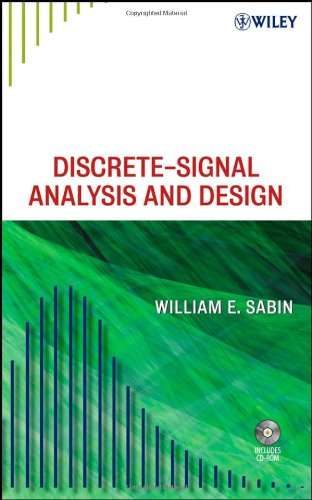
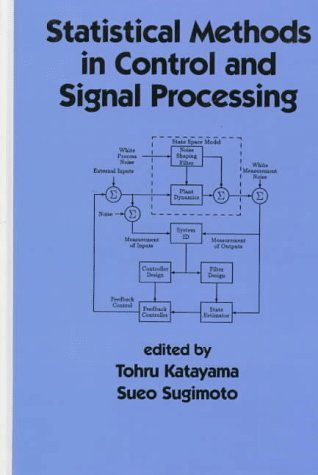
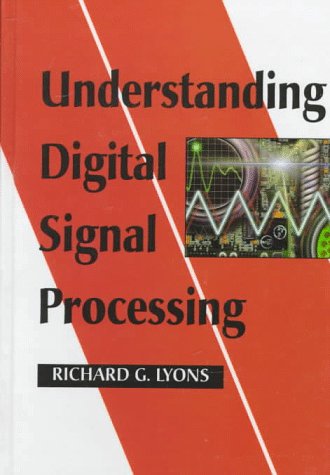
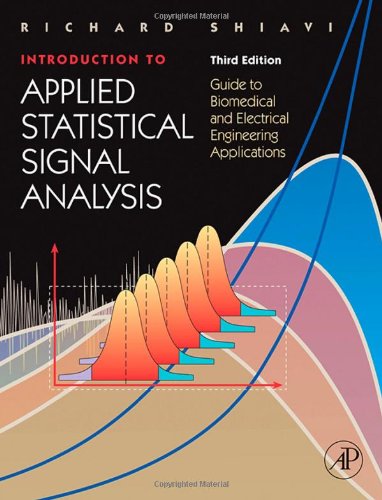
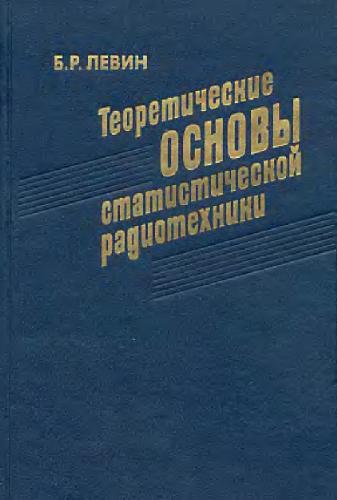
Reviews
There are no reviews yet.